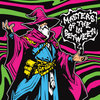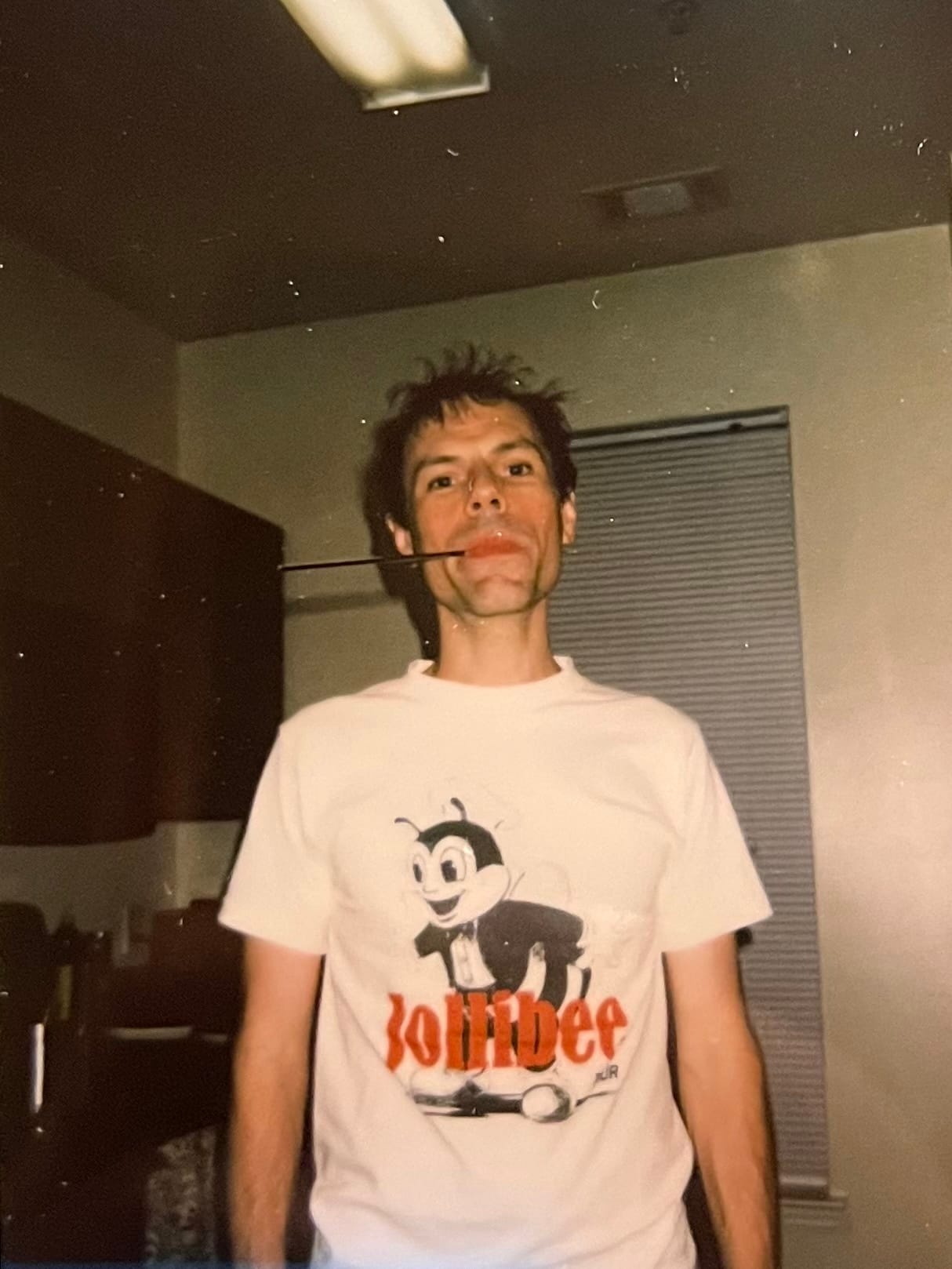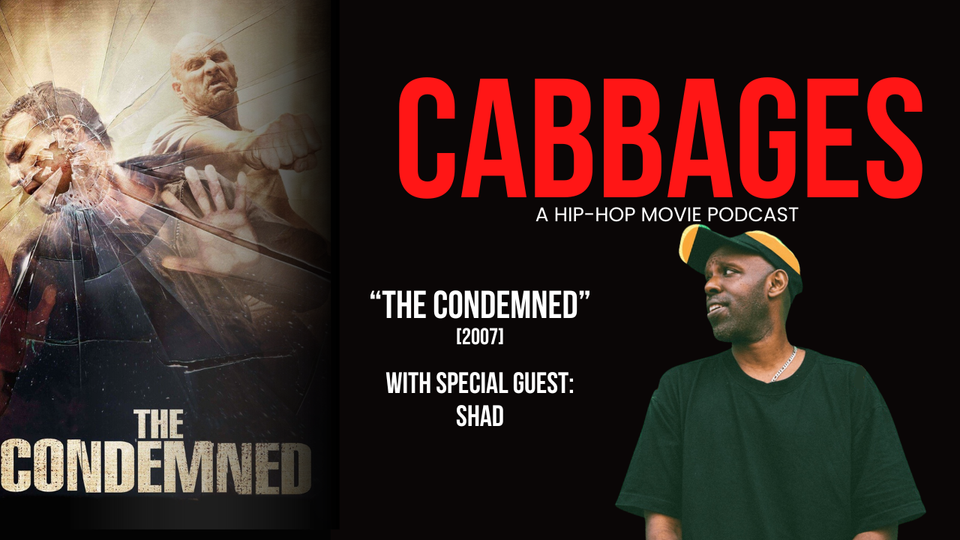Sankofa, An Unstoppable Juggernaut Of Underground Rap
The lyrically minded Fort Wayne, Indiana indie emcee breaks down his prolific process in an exclusive interview.
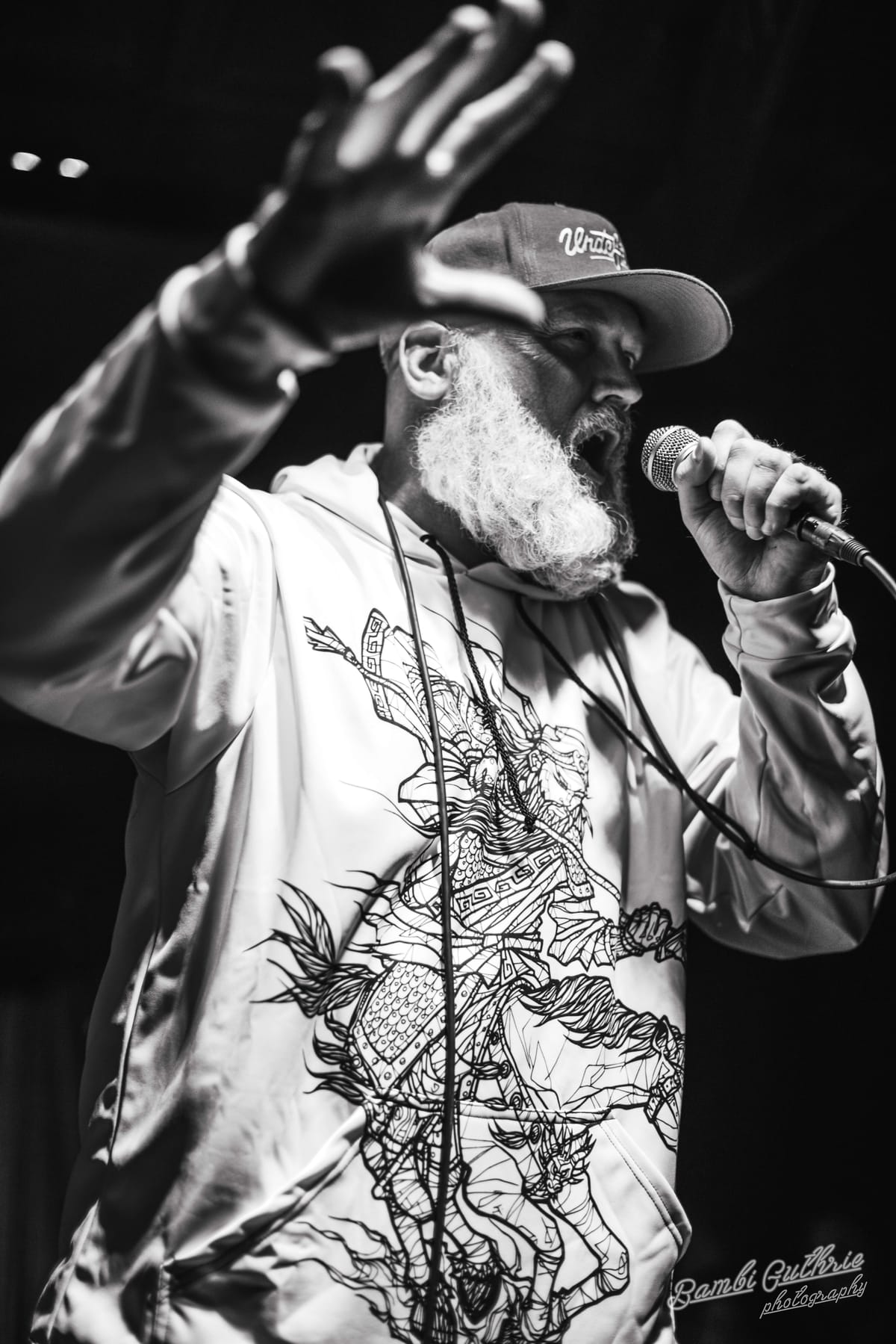
First things first: here are three new tracks to snack on...
Gabe 'Nandez & Preservation, "War (feat. billy woods)"
Shungu, "Talk To The Mass (feat. Fly Anakin, Goya Gumbani & Fatima)"
Heir The Prophecy & Godamnitdupri, "80 (feat. Cozz)"

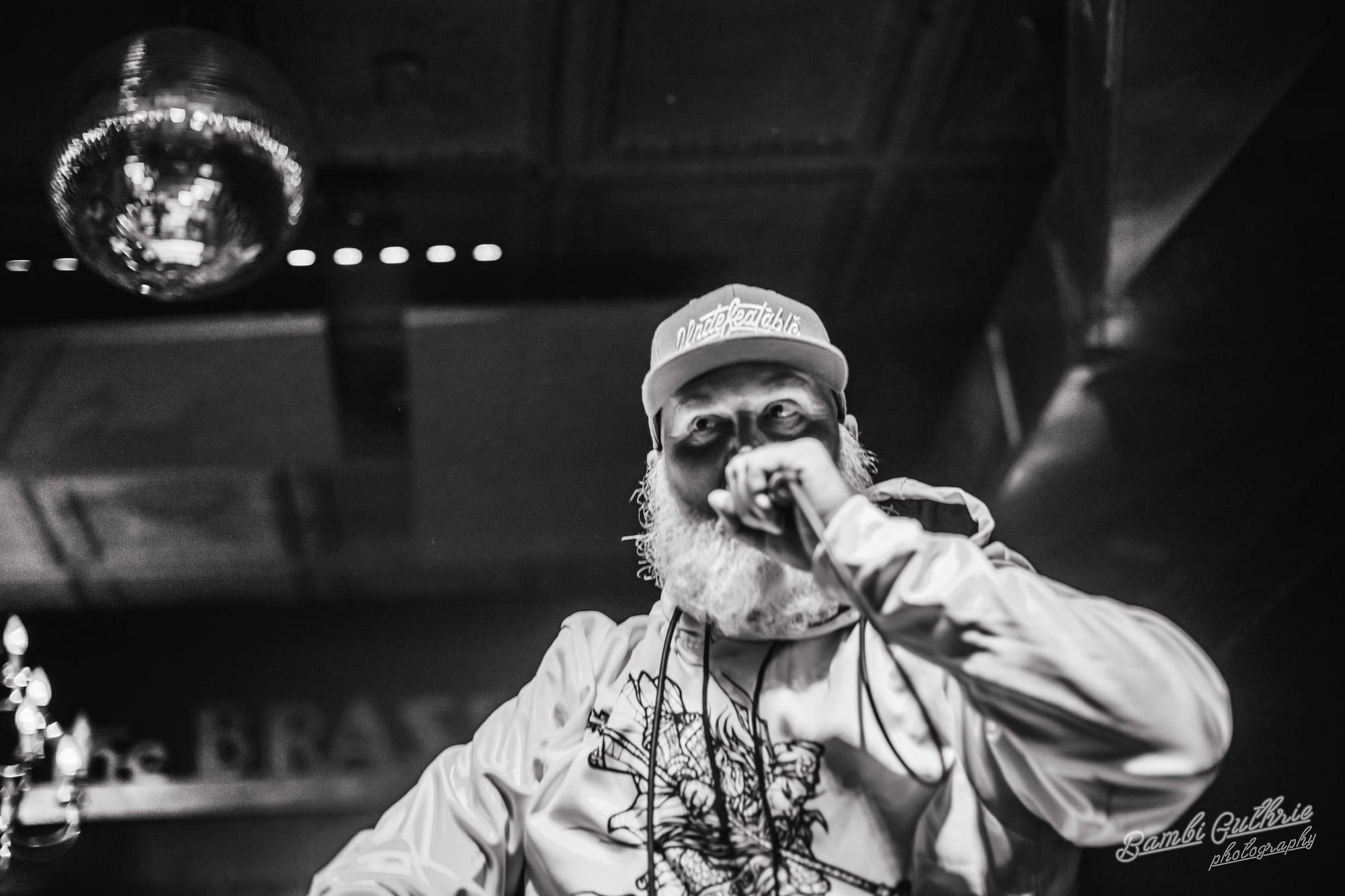
One reason commonly cited by independent rappers in favor of staying independent has to do with releasing music at their own pace. The pressures and restrictions of working with major labels or even relatively smaller ones have the potential to stifle creativity by limiting output, a source of frustration for more prolific types eager to get their work out into the world.
Given the ease of digital distribution, the freedom to drop can sometimes lead to stunts by artists. Back in 2020, New York's Flee Lord notably released an album per month, working with collaborators like 38 Spesh and Pete Rock on individual efforts. Fast forward to this year, Atlanta's Tha God Fahim has dumped no fewer than 19 projects onto Bandcamp, building out multi-volume series with producers Nicholas Craven and Drega33 along the way. ShrapKnel are presently in the midst of a three-album sprint that began with July's Lincoln Continental Breakfast and continues this month with two more, Saisir Le Feu and the forthcoming Armature, all for the small but influential indie Fused Arrow.
And then, there's Sankofa.
Representing Fort Wayne, a Northeast Indiana locale not exactly known for being a hip-hop city, he's admittedly lost track of the number of projects he's unleashed over the past five-plus years. (By my count, it's well over four dozen since the start of 2020.) Nonetheless, this boldy bearded, perpetually behatted rapper is well past the mere novelty of monthly drops, unleashing lavishly lyrical solo and collaborative efforts primarily through Bandcamp without showing any signs of fatigue or a decline quality.
"When it comes to being in Fort Wayne, I'm basically a loner," he says, conveying a contrast between the domesticity of home life as a working dad/husband and his otherwise predominantly online musical life. "This world is something entirely different. It's almost like this fantasy realm, except I have these artifacts that I'm able to present."
Judging by Sankofa's latest trio of drops–June's Gorilla Elephant with JON?DOE as The Silversmiths, July's Monster Factory alongside Massachusetts emcee G Fam Black, and August's Masters of the In Between helmed by producer Chef Mike–one might dare say that he's somehow gotten better with this marathoner's pace. And, with the September release looming for his latest Tali Rodriguez team-up Diatribalism, which promises guest appearances by the likes of Jesse The Tree and Zilla Rocca, this unstoppable underground rap juggernaut continues to reward his loyal fanbase, one perhaps modest by certain industry standards but more than sufficient for his aims and purposes.
"When I began, I was naive enough to think, oh, all I got to do is be dope and that'll be enough," he says, looking back on a rap career that began some two-and-a-half decades ago with a feature on a CunninLynguists deep cut. "I'm not trying to sound conceited at this point, but if I didn't think I was talented, I wouldn't be continuing on this path and still trying to improve.
"I know my world is small, but I want to do what I can, within my world, to show what my friends are capable of."

CABBAGES: When did you first go from being a hip-hop fan to deciding to be a rapper?
Sankofa: I went to college in '93 through '97. Sophomore year, I came across another rapper at my small, private liberal arts school. He became a Christian rapper. I had no idea what I was doing. We'd hang out and we'd do this stuff that I later came to find out was called freestyling. I had no point of connection. Even the year before that, I had a friend in my dorm, he'd be beatboxing, walking around the dorm, all these different floors and I'd be rapping all these songs that I knew already. The next year, my man Dave–he's now known as Agapé–we'd go to his room and play a bunch of beats and just freestyle to him. Even then I wasn't like, yeah, I'm going to be a rapper.
Then, one of my college professors, '95, '96, he's like, I want you to use this new thing called the internet, and I want you to each week type up some notes about what you're thinking, your meta cogs. So I'd go to the internet lab and what do you know? There were other people on the internet who listen to rap. Being in Minnesota, I went from Mankato, which was not huge [but] not small for Minnesota, to Saint Peter where the campus was, which is even smaller. But then I found this community of other people, these rap message boards. It was super exciting to be able to connect with those people, and some of those people I still do music with to this day. So just being able to establish those relationships and be excited about that, then going off to China for a year after graduating, my man sending me mixtapes and I'm like, I want to learn how to rap now.
At what stage did you find an IRL hip-hop community of people who you could be around who got it?
Well, on the Internet, we had these crews, right? Some of my friends who I then mentored under–Kashal-Tee, JON?DOE, Spon–we were part of a crew, Sons of Zadok, which would become Society of NIMH. The in-real-life started with those message boards back in '95, '96, and I maintained those relationships and those are the dudes I was writing letters to back and forth. I didn't have internet access when I was in China, as will not surprise you at all. I was writing a letter a day and then walk into the post office with the actual pasted on stamps, past the culture war veteran who's smoking these giant doobies in the post office and no one messed with him. He'd been through it all. And these guys would eventually send me mixtapes or they'd send me these huge sprawling letters. I got to go to them and I got to learn.
When I came back from China to Minnesota, working graveyard, I was like, I got to learn how to do this. So I went and flew to my man Kashal-Tee over in Sweden and he's breaking down the basics for me. I recorded my first song, and I came back to Minnesota. Then I visited JON?DOE, who was at that point in San Louis Obispo, and I recorded a couple tracks with him down at Click Da Supah Latin's studio.

In the present day, you're dropping something like an album a month for awhile now, including with some of these people you already mentioned. How do you keep track of it all? Do you have any particular organizing tools or techniques you use?
Yes, this book here, which is my youngest son's composition book. Each of the pages has an album. So it's got name of the album, who's producing it, who's doing the artwork, when it's dropping, what format it's going to drop in, what the name of the beats are to the left of the margin, what the name of the songs are to the right of the margin, what the singles are going to be. Each page is a different release. I got further and further into this, and as you can see, I got some of those work tabs that I never used otherwise to say, oh yeah, I need to go to that one and get to it. I tend to work on two or three projects at a time. Depending on the way I feel, I'll just shift my energy over that way. I'll try to keep it to the workflow, because I know I get carried away and run down a tangent.

